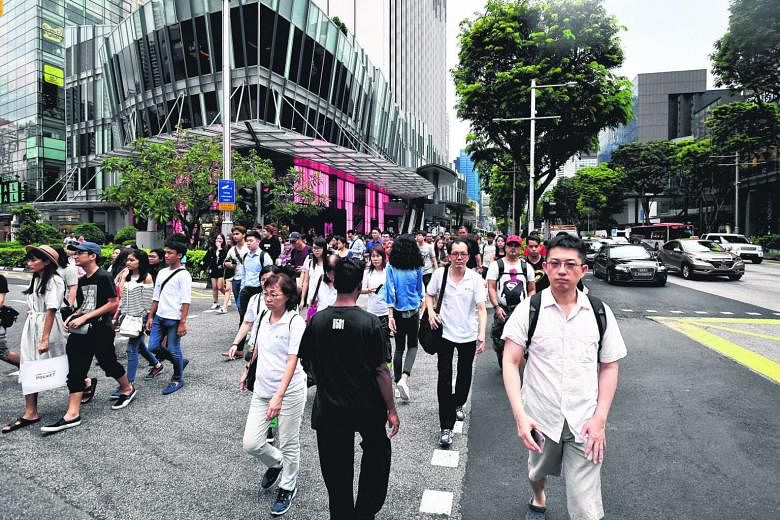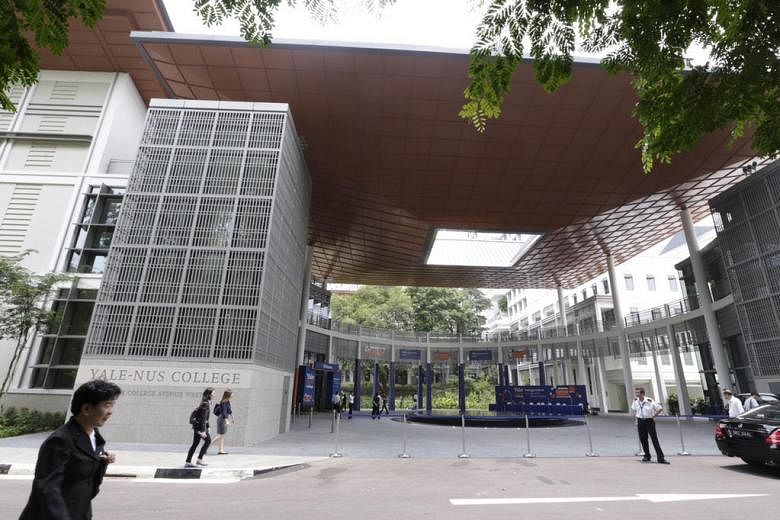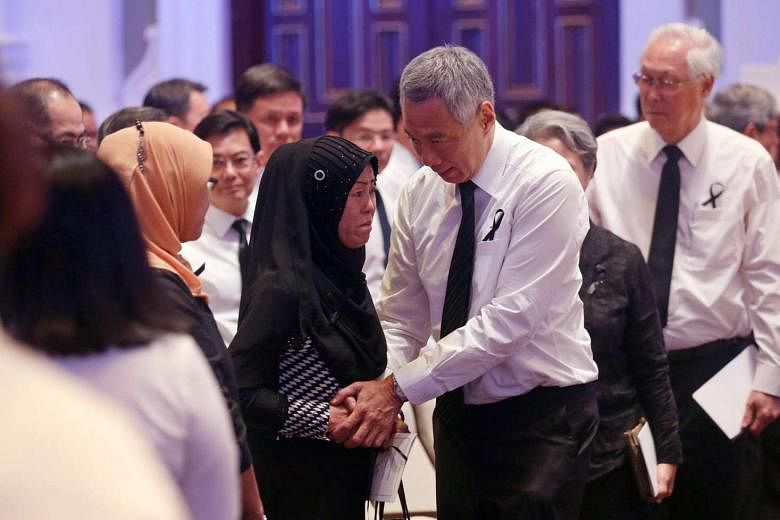In my role as Opinion Editor, I read and scan many articles each day. Some are wordy; others written in formal, dense language that requires concentration. Occasionally, people say it like it is.
Three stood out this week for this quality.
The first is from The Straits Times' inimitable Senior Transport Correspondent Christopher Tan. Chris understands transport - as a motoring afficionado, a motorist, and as a seasoned journalist with an eye for spotting discrepancies - either in transport companies' financial statements or in policy arguments.
Vexed with the to-ing and fro-ing over what to do with Singapore's premier shopping belt Orchard Road, he gave his take in the article Pedestrianising Orchard Road may kill, not kindle, its appeal. He pointed out it wasn't a new idea to turn busy Orchard Road into a pedestrian walkway. The idea cropped up with distressing regularity every now and then. So why trot this out as a solution now?

The key issue is whether Orchard Road is suffering from congestion and traffic issues, or if there is something fundamentally wrong with Orchard Road. Rather than point the finger at traffic, Chris says, we should be asking if there were other reasons why the area wasn't doing well.
"Could it have to do with the place having no strong brand-name shops that are unique to the address? Could it be a lack of wide and welcoming shop frontages which draw people in? Can people move seamlessly from the walkway into a shop, without having to negotiate steps, hedges or kerbs? Are the entrances or the paths to entrances visually and physically barrier-free?"
Those who try walking along Orchard Road will know he's making sharp observations.
And then the killer punch: "Let's be honest. The rich will always prefer cars, whether it is in Singapore or Paris or New York or Zurich. If Orchard Road becomes car-free, there is a good chance it will evolve into something other than a premier shopping district."
Chris' views resonated with Singaporeans. The article had over 500 Facebook shares.
Article No. 2 is from Han Fook Kwang, the former Straits Times Editor known for his plain-speaking columns. In Singapore's R&D: Expensive lesson or worthwhile investment? he asked if the billions of dollars Singapore was spending in tie-ups with brand-name research institutes and universities overseas was money well-spent.
Fook Kwang asks: "What exactly does Singapore hope to achieve from these collaborations? Is it to jointly develop R&D, which will lead to commercially successful products and businesses, or is the more important objective an educational one, to develop our own local talent from working with the world's best?"
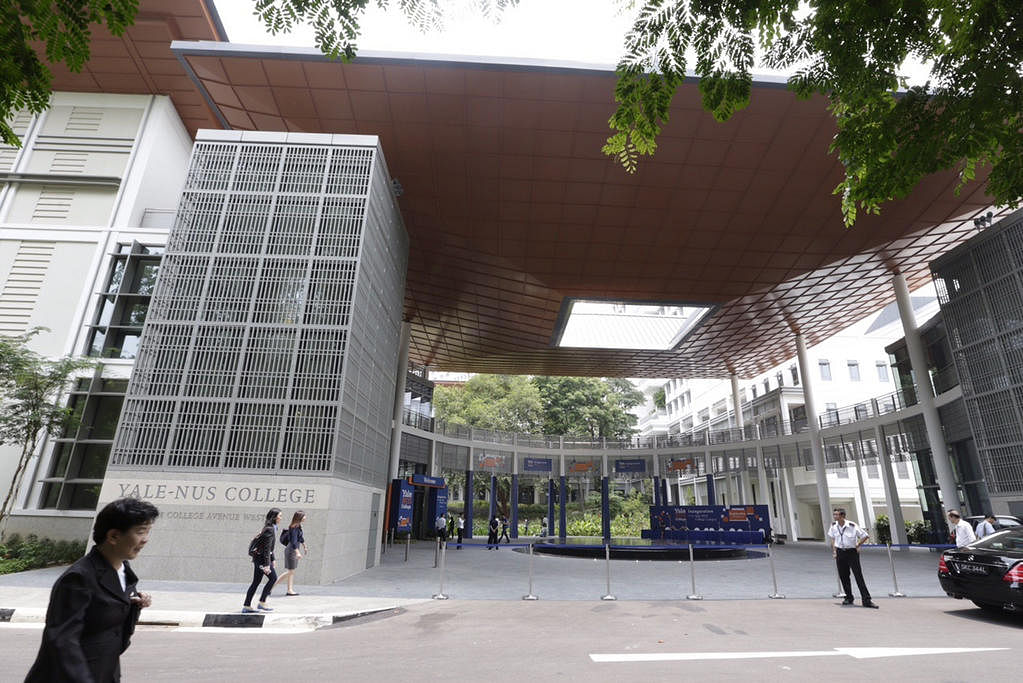
Were those objectives achieved? Do they serve Singapore's interests? Fook Kwang asks, adding that the question matters because there are existing collaborations such as Duke-NUS Medical School, the Yale-NUS liberal arts college and the NTU-Imperial College medical school.
"They are expensive enterprises, as is the entire national R&D effort. The current five-year 2016 to 2020 budget will cost $19 billion... But money is not the only issue. Working with foreign institutions is not a simple matter of just transplanting foreign scientists and their equipment here. Universities such as MIT have their own unique culture, tradition and objectives, which may or may not be aligned with Singapore's. Making sure Singapore's own interests are protected requires strong leadership at the research centres with clear aims, supported by a local team that knows how to achieve them while maximising benefits for the country."
His questions drew a response from National Research Foundation which stressed that: "Our collaborations with MIT and other world-leading universities have generated positive research outcomes that have been translated into practical benefits for Singapore."
His question on whether Singaporeans benefited educationally from such projects, drew a response from two university professors who said: "We can draw on the SMU experience, and respond with a resounding yes. We believe that the other collaborations have also been very valuable, but others will no doubt have more insights."
The third article from a plain-speaking person came from the Prime Minister. He delivered a eulogy for Mr Othman Wok who died this week. He said Singapore owes a debt of gratitude to the pioneer Cabinet minister who upheld multi-racialism even at risk of his life and reputation. The Straits Times reprinted an excerpt in the Opinion pages. Mr Lee Hsien Loong recounted events leading to the outbreak of race riots in July 1964 in Singapore, in those days of communal tension:
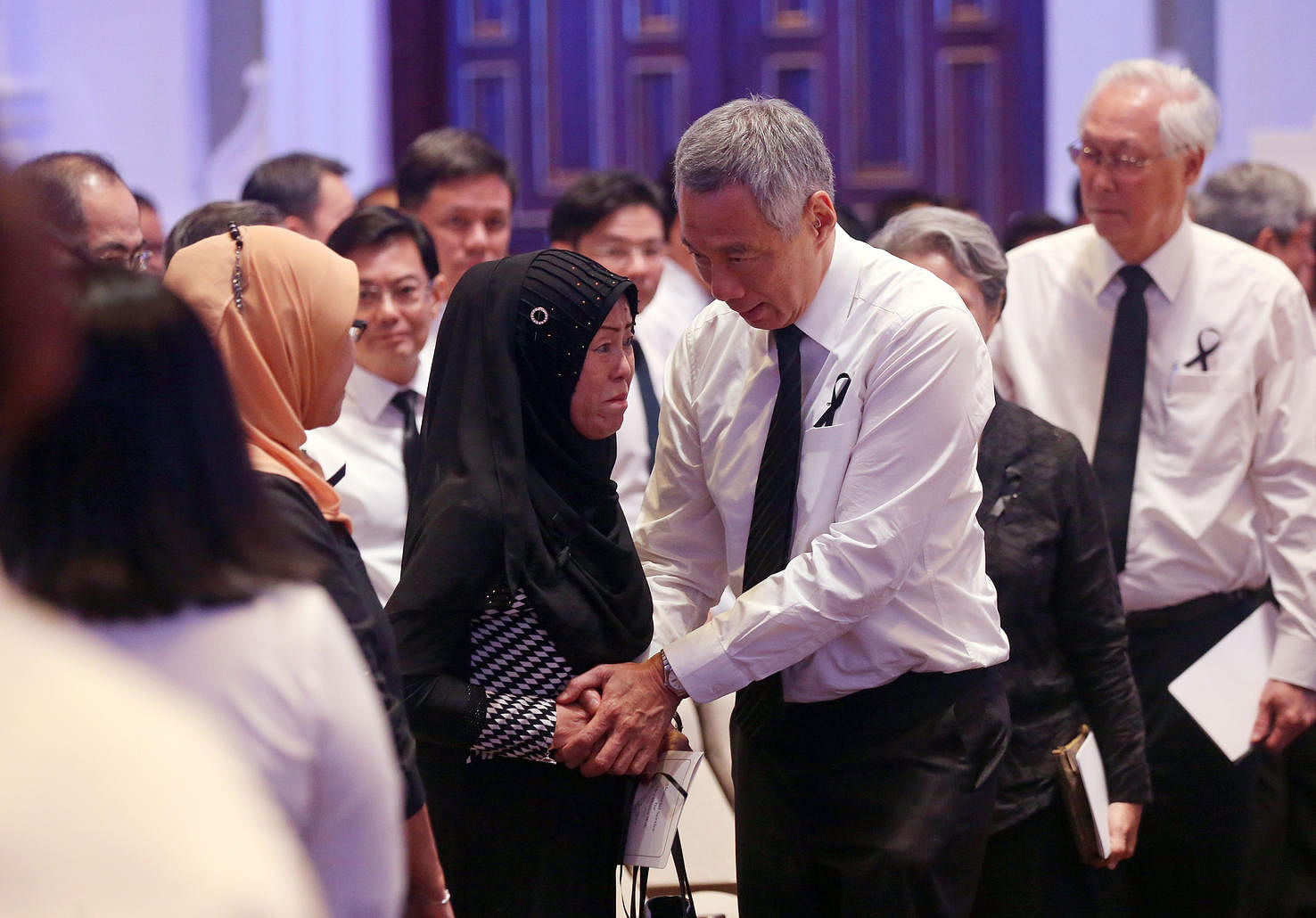
"After the riots, then Malaysian Deputy Prime Minister Tun Razak visited Singapore to feel the pulse of Singapore Malays. Tun Razak concluded that Singapore Malays were different from Malayan Malays. There is a Malay saying, rambut sama hitam, hati lain-lain, which means that we may look the same but our hearts differ. In other words, it was not only Chinese Singaporeans who could not be cowed by threats of riots and mayhem. Malay Singaporeans too could not be easily seduced by appeals to race and religion. Singaporeans were an altogether obstreperous people. Better for Singapore to leave Malaysia. That set in train events which led to Aug 9, 1965."
Obstreperous Singaporeans. I had an idea of the word's meaning, but looked it up for a more precise definition. Marked by unruly or aggressive noisiness; stubbornly resistant to control - according to the Merriam-Webster dictionary online.
Beneath the queue-loving, seemingly conformist facade of a Singaporean, beats an obstreperous heart. We have plain-speaking commentators who speak their minds on national issues, and a PM who speaks plainly about race. Of course noise for its own sake is just a nuisance. But I hope that Singaporeans will long continue to be obstreperous when it matters.
Opinion Editor Chua Mui Hoong blogs on Saturdays on notable commentaries and issues.

